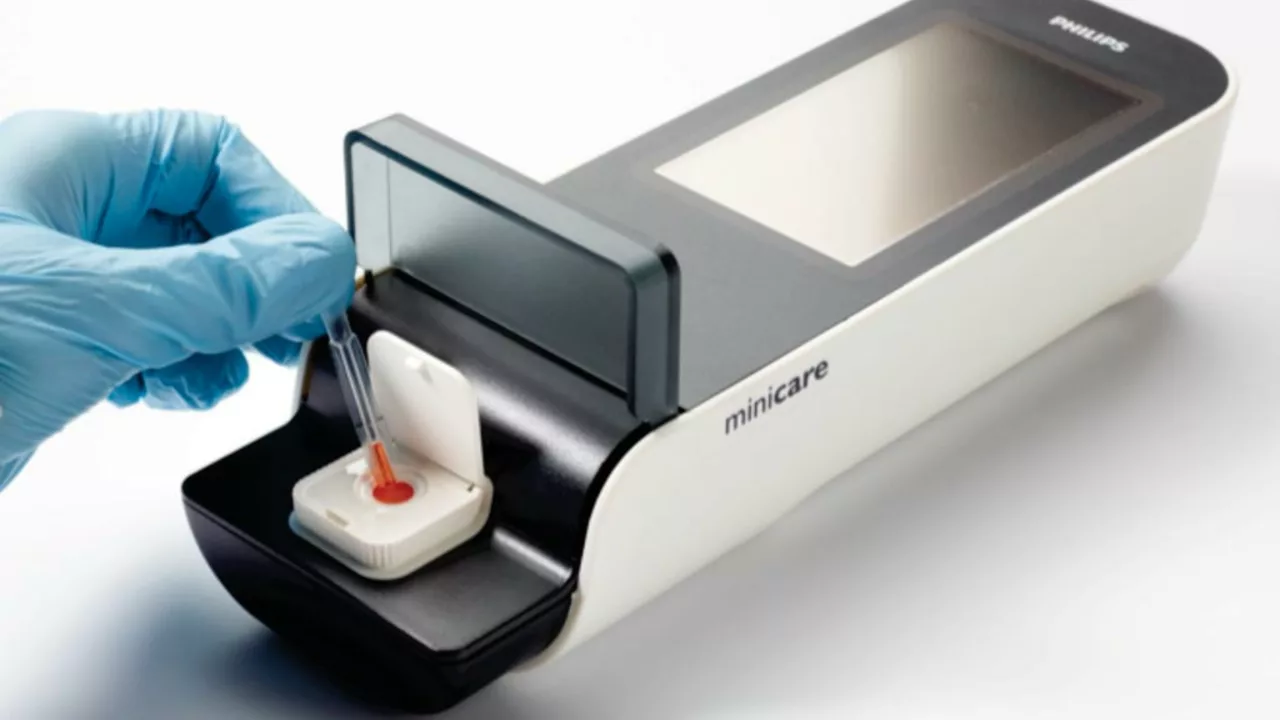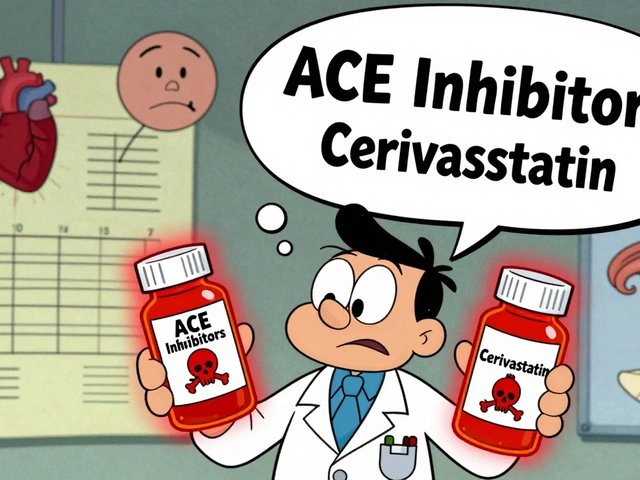Understanding Dyskinesias: An Overview
Dyskinesias are involuntary movements that can affect different parts of the body. They can be caused by various factors, such as neurological disorders, medications, or genetic conditions. In this section, we will provide an overview of dyskinesias, their causes, and the various types that can occur. Understanding the different types of dyskinesias and their underlying causes is essential for proper diagnosis and treatment.
Medical History: Gathering Important Information
A thorough medical history is crucial in diagnosing dyskinesias. During this process, your healthcare provider will ask you various questions about your symptoms, their onset, and any factors that may be contributing to them. This may include information about any medications you are taking, your family history of neurological disorders, and any recent injuries or illnesses. Providing detailed and accurate information during this stage can help your healthcare provider identify possible causes and determine the appropriate tests and procedures for diagnosis.
Physical Examination: Assessing Motor Function
A physical examination is an essential part of diagnosing dyskinesias. During this examination, your healthcare provider will assess your motor function, muscle strength, and coordination. They may also evaluate your gait, posture, and balance. This assessment can help to determine the severity of your symptoms and identify any specific movements or muscle groups that may be affected. By closely observing your motor function, your healthcare provider can gather valuable information to guide further testing and diagnosis.
Neurological Examination: Evaluating the Nervous System
A neurological examination is another important component of diagnosing dyskinesias. This examination focuses on evaluating the function of your nervous system, including your reflexes, sensation, and cognitive abilities. Your healthcare provider may perform various tests to assess your nervous system function, such as tapping on your tendons with a reflex hammer or asking you to perform specific tasks that require coordination and balance. The results of this examination can provide valuable insights into the cause of your dyskinesias and inform the selection of further tests and procedures.
Imaging Studies: Visualizing the Brain
Imaging studies, such as magnetic resonance imaging (MRI) or computed tomography (CT) scans, may be used to visualize the brain and identify any abnormalities that could be causing your dyskinesias. These non-invasive tests can provide detailed images of the brain's structures and help to identify any tumors, inflammation, or structural abnormalities that could be contributing to your symptoms. In some cases, advanced imaging techniques, such as functional MRI or positron emission tomography (PET) scans, may be used to assess brain function and metabolism.
Electrophysiological Testing: Analyzing Nerve and Muscle Function
Electrophysiological tests, such as electromyography (EMG) and nerve conduction studies, can be used to analyze the function of your nerves and muscles. These tests involve placing small electrodes on your skin or inserting them into your muscles to measure the electrical activity generated during muscle contraction. By analyzing this electrical activity, your healthcare provider can determine whether your dyskinesias are caused by a problem with the nerves, muscles, or both. This can help to narrow down the potential causes and guide further testing and treatment.
Laboratory Tests: Identifying Underlying Causes
In some cases, laboratory tests may be used to identify underlying causes of dyskinesias, such as metabolic disorders, infections, or genetic conditions. These tests may include blood and urine tests to evaluate your metabolic function, or tests to detect the presence of specific antibodies or genetic mutations. The results of these tests can provide important information about the cause of your symptoms and help your healthcare provider to determine the most appropriate treatment options.
Medication Review: Evaluating the Role of Drugs
Certain medications, particularly those used to treat neurological disorders such as Parkinson's disease, can cause or exacerbate dyskinesias. As part of the diagnostic process, your healthcare provider will carefully review your current medications and their potential side effects. In some cases, adjusting or discontinuing a medication may help to alleviate your symptoms. It's essential to discuss any changes to your medication regimen with your healthcare provider, as stopping or altering a medication without proper guidance can have serious consequences.
Genetic Testing: Screening for Inherited Conditions
Some types of dyskinesias, such as Huntington's disease or certain forms of dystonia, have a genetic component. If your healthcare provider suspects that your symptoms may be related to an inherited condition, they may recommend genetic testing. This testing involves analyzing a sample of your blood or saliva to identify specific genetic mutations associated with these conditions. The results of these tests can help to confirm a diagnosis and inform treatment decisions, as well as provide information about the risk of passing the condition on to future generations.
Creating a Treatment Plan: Addressing Your Unique Needs
Once the cause of your dyskinesias has been identified, your healthcare provider will work with you to create a personalized treatment plan. This plan may involve various strategies, such as medication adjustments, physical therapy, or surgical interventions, depending on the specific cause of your symptoms. Throughout the treatment process, it's essential to maintain open communication with your healthcare provider and report any changes in your symptoms or concerns you may have. By working together, you can find the most effective treatment options to manage your dyskinesias and improve your quality of life.




